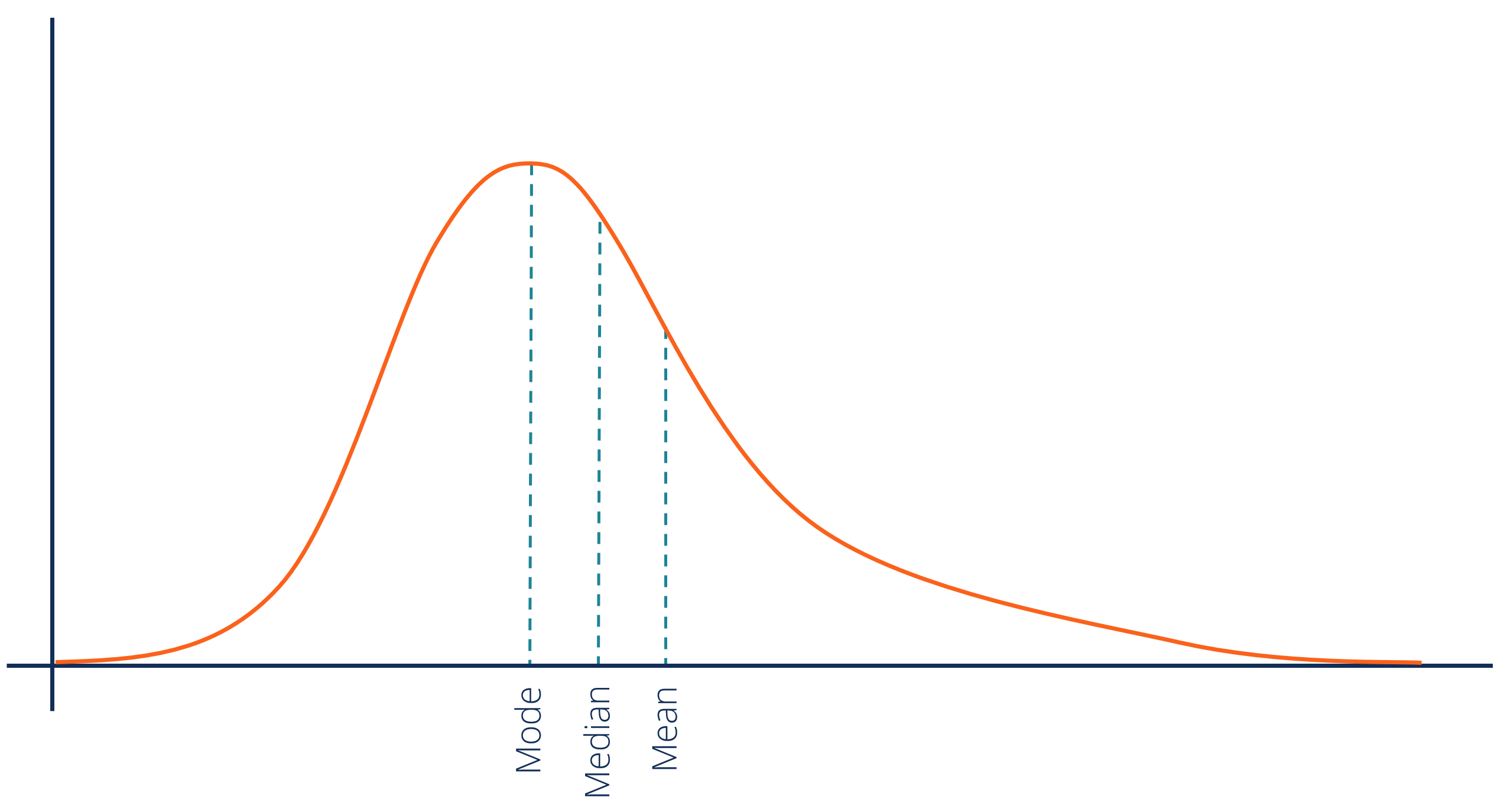This ethical perspective focuses on balancing the potential harms and benefits of scientific research.
What is Utilitarian Ethics?
The foundational belief that all things or objects exist in reality separate from our perceptions and interpretations of them.
What is Objectivity?
This refers to variables organized into separate, non-overlapping categories.
This is achieved through careful manipulation of the independent variable and control of alternative rival explanations for the observed set of effects on the dependent variable; the purpose of research design.
What is Experimental Control?
Descriptive Statistics that reduce the data set to one number that best characterizes the entire sample.
What are Measures of Central Tendency?
This governing body of researchers is responsible for establishing and implementing formal research codes of conduct.
What is the Institutional Review Board (IRB)?
These are made when a theory has sufficient power based on past research to specify the exact nature of the relationship between concepts.
What are Predictive Claims?
This specifies as precisely as possible every operation, procedure, and instrument needed to measure the key indicators of a construct.
What is the Operational Definition?
The effects of each separate independent variable on the dependent variable.
What are Main Effects?
What is Mode?
What are the Milgram Studies?
The result of converting phenomena into measurable quantities.
What are Variables?
What is the Interval Level of Measurement?
The method of collecting self- and other-report information from certain groups of individuals or the general population about their knowledge, beliefs, attitudes, feelings, values, perceptions, and behaviors.
What is Survey Research?
This shape of this frequency distribution graph is most accurately described this term.
What is Positively Skewed?
What is Privacy?
An entire set of people or messages that have been selected based on a common set of characteristics.
What is a Population?
In this type of research design, a sample of data is collected at one time point to explore relationships among variables identified in the research question.
This term refers to a question that asks two things simultaneously, leading to measurement error.
What is a Double-Barreled Question?
The set of statistical tests used when the IV and DV are categorical and continuous variables.
What are Parametric Tests?
What is Opting Out?
What is Criterion-Related Validity?
In this type of research design, researchers assess levels of the dependent variable at several points prior to and following the manipulation of the independent variable.
What is the Time Series Design?
A well-designed set of messages pertinent to a given research question or hypothesis.
What is a Message Population?
A recent study found that collaborative conflict strategies and relationship satisfaction were correlated at r=.67. The r-value tells us this about the correlation.
What is the Magnitude (strength) and Direction?